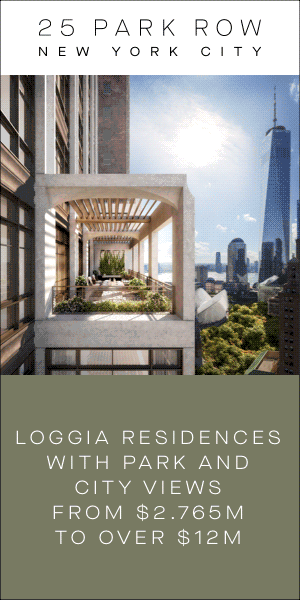Looking to buy a house? Best mortgages options
- Editorial Team

- Nov 28, 2020
- 3 min read
Considering buy a home, here we look at the different mortgages options in the UK today
Editorial Team | 28th November, 2020

Over the years the world of mortgages have progressed gone are the days of our parents when there was just two mortgage options offered: fixed or variable interest rates, today mortgages have become something of a pick and mix.
Here we run through some of the more popular options for first-time buyers:
1. Fixed-rate
With fixed-rate mortgages, you pay the same interest rate for the entire deal period, regardless of interest rate changes elsewhere. Two- and five-year deal periods are the most common, and when you reach the end of your fixed term you'll usually be moved on to your lender's standard variable rate (SVR). Whether you should choose a fixed or variable-rate deal depends on whether you think your income is likely to change, whether you prefer to know exactly what you will be paying each month and whether you could cope if your monthly payments went up.
At present Barclays is currently offering a standard 25-year mortgage with a two-year fixed rate of 1.77 per cent plus £999 in fees with just a 10 per cent deposit while NatWest is offering a standard mortgage with two years fixed at 1.41 per cent with £1,272 fees with a 20 per cent deposit paid.
2. Standard Variable
Each lender has its own standard variable rate (SVR) that it can set at whatever level it wants – meaning that it's not directly linked to the Bank of England base rate. The average SVR in July 2018 was 4.72%, according to Moneyfacts. This is higher than most mortgage deals currently on the market, so if you're currently on an SVR, it's worth shopping around for a new mortgage. If your'e looking to take out a SVR be aware that lenders can change their SVR at any time.
At present HSBC is offering offers the cheapest variable mortgage for two-years at a variable rate at the Bank of England base rate plus 1.34 per cent, which currently equates to 2.09 per cent with fees of £999 while Halifax’s two-year variable rate is currently 1.46 per cent — the base rate plus 0.715 per cent with fees of £1,199.
3. Discount mortgages
With a discount mortgage, you pay the lender's standard variable rate, with a fixed amount discounted. For example, if your lender's standard variable rate was 4% and your mortgage came with a 1.5% discount, you'd pay 2.5%. Discounted deals can be ‘stepped’; for example, you might take out a three-year deal but pay one rate for six months and then a higher rate for the remaining two-and-a-half years. Some variable rates have a 'collar' – a rate below which they can’t fall – or are capped at a rate that they can’t go above. Make sure to look out for these features when choosing your deal to ensure you understand what you're signing up to.
4. Tracker mortgages
With a tracker mortgage, your interest rate 'tracks' the Bank of England base rate (currently 0.1%) – for example, you might pay the base rate plus 3% (3.1%). In the current mortgage market, you'd typically take out a tracker mortgage with an introductory deal period (for example, two years). After this, you are moved on to your lender's standard variable rate.
When taking out your mortgage it's important to decide whether to take an Interest-only and repayment mortgages although occasionally people can have a combination. With an interest-only mortgage, you just pay the interest each month, meaning you have to pay off the entire loan at the end of the mortgage term. With a repayment mortgage, which is by far the more common type of mortgage, you'll pay off a bit of the loan as well as some interest as part of each monthly payment.
Help to buy option for first time buyers
For first time buyers who have managed to to save a five per cent deposit, the Help to Buy London equity scheme offers is an option worth looking at.
The Government will lend you up to 40 per cent of the purchase price for five years, interest free, and you take out a mortgage for the remaining 55 per cent.
There are HOWEVER some catches to this scheme:
You must buy a new-build home, which can be more expensive than equivalent older homes.
Interest payments on your equity loan kick in from year six. The rate starts at 1.75 per cent and rises by 1 per cent plus inflation annually, so can quickly mount up.
The Government owns a percentage of your home, not a fixed amount. As your house price increases, so does the amount you need to pay back.
Lenders participating in this scheme include Halifax, who are now offering a two-year fixed-rate deal at 1.48 per cent, and a five-year fixed rate of 1.84 per cent, both with £995 fees.




















Comments